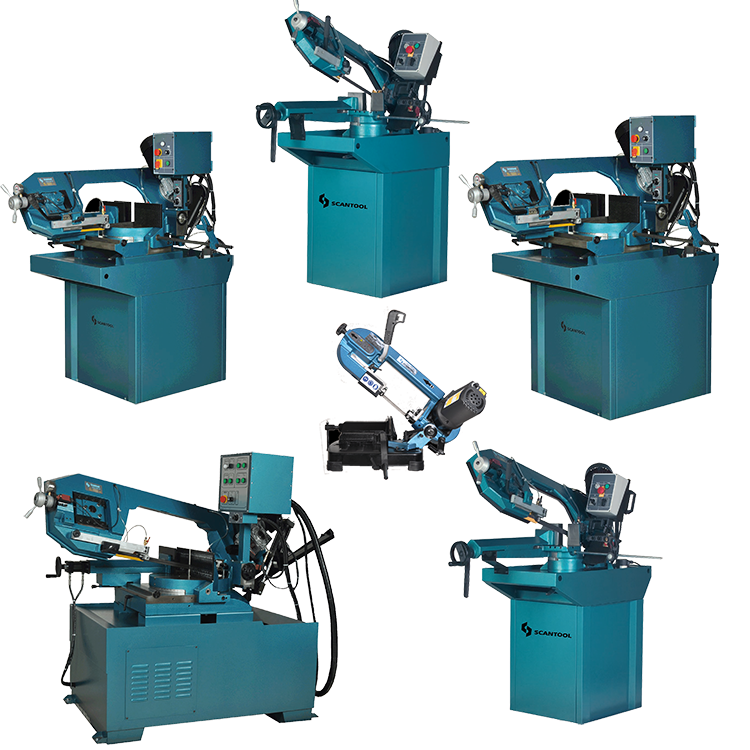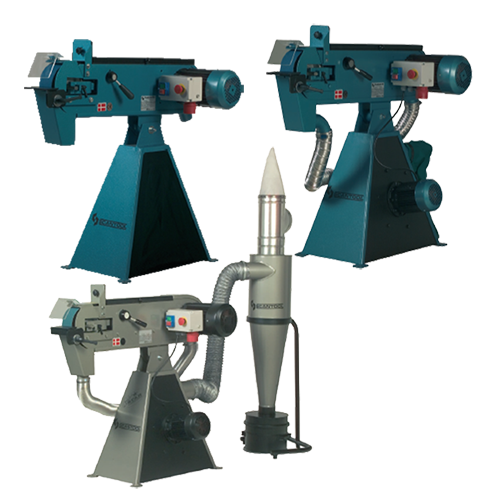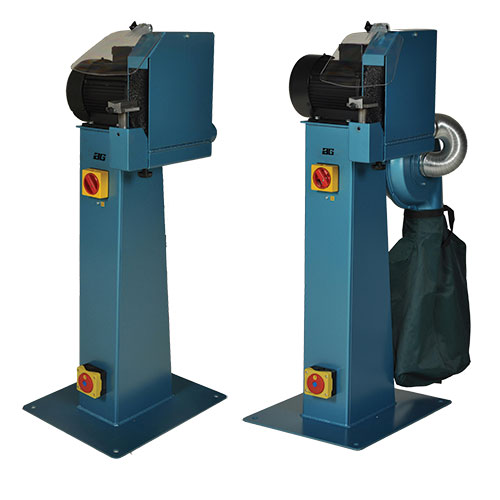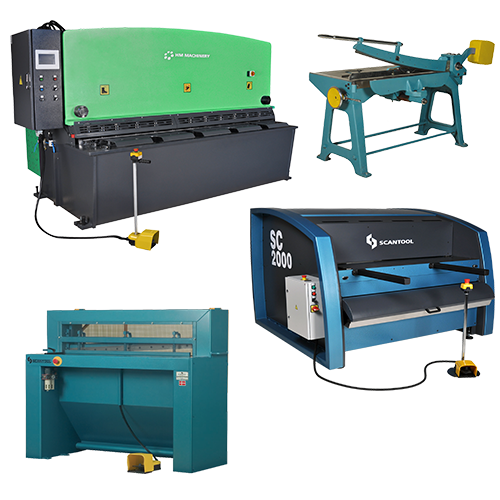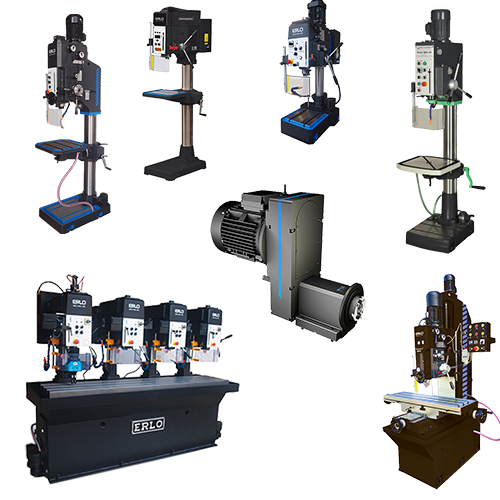Workshop Press are specialist C-Frame Press providers. When setting up or upgrading your workshop, selecting the right hydraulic press is essential. Two of the most popular options are the hydraulic C-frame press and the H-frame press. Each type offers unique advantages, but choosing the best fit depends on your specific workshop needs. In this guide, we’ll compare these two types, exploring their features, benefits, and applications to help you make an informed choice.
What Is a Hydraulic Press?
A hydraulic press is a machine that uses a hydraulic cylinder to generate a compressive force. This force allows the press to shape, mould, punch, or bend materials, making hydraulic presses essential in metalworking, automotive, and manufacturing industries. Hydraulic presses come in various forms, with C-frame and H-frame being two of the most widely used.
Understanding C-Frame and H-Frame Hydraulic Presses
Before diving into a detailed comparison, let’s briefly define the hydraulic C-frame press and the H-frame press.
- Hydraulic C-Frame Press: Named after its “C” shape, this press is open on three sides, allowing easy access to the work area. This design is compact, making it ideal for smaller spaces and tasks that require accessibility.
- Hydraulic H-Frame Press: Shaped like an “H,” the H-frame press is known for its balanced, two-column structure, offering enhanced stability. The open bed allows for larger materials and provides more evenly distributed pressure, making it suitable for heavier-duty applications.
Key Differences Between C-Frame and H-Frame Presses
Choosing the right hydraulic press depends on understanding the differences between these two models. Below are some of the most important factors to consider:
1. Frame Structure and Stability
One of the primary distinctions between the C-frame and H-frame hydraulic press lies in the frame structure and the resulting stability.
- C-Frame Press Stability: The C-frame structure offers a single column, open design, allowing access from three sides. However, this design concentrates force in one area, which can lead to slightly less stability when handling larger loads.
- H-Frame Press Stability: The H-frame press uses a dual-column design that distributes force more evenly across the frame, enhancing stability. This frame structure is particularly beneficial for handling larger and heavier materials.
For tasks requiring maximum stability, the H-frame press often performs better due to its balanced structure.
2. Workspace Accessibility
Another key difference is how accessible the work area is for each type of press.
- C-Frame Press Accessibility: The open-sided design allows operators easy access to the workpiece from multiple angles, making it easier to position and manipulate materials. This feature is ideal for applications that require frequent adjustments or intricate work.
- H-Frame Press Accessibility: With an enclosed, two-column structure, the H-frame press limits accessibility slightly. However, the open bed provides ample space for larger workpieces, making it suitable for tasks where materials need to be centrally aligned.
If your projects demand frequent access from various angles, a C-frame press might be the better choice.
3. Size and Space Requirements
Space is often a determining factor when choosing between these two types of hydraulic presses.
- C-Frame Press Size: Known for its compact design, the C-frame press is a space-saving option for smaller workshops. The single-column structure requires less floor space, making it suitable for workshops with limited room.
- H-Frame Press Size: The H-frame press, due to its dual-column design, tends to be larger and occupies more space. However, the added size offers the advantage of handling larger materials and more powerful applications.
For smaller workshops or those with limited space, a C-frame press may be more practical.
Applications and Suitability: Where Each Press Excels
To select the right hydraulic press, it’s helpful to understand the types of applications each model excels in.
C-Frame Press Applications
The C-frame press is widely used in applications that require accessibility and precision but not necessarily high-tonnage force.
- Stamping and Punching: The open-sided design is ideal for tasks like stamping and punching, where easy access to the workpiece is beneficial.
- Light to Medium-Duty Applications: C-frame presses typically have lower tonnage capacities, making them suitable for light to medium-duty tasks.
- Assembly and Straightening: The design is also well-suited for assembly and straightening applications, where precision is more critical than sheer power.
If your tasks require precision and accessibility over power, the C-frame press is a solid choice.
H-Frame Press Applications
H-frame presses are commonly used in heavy-duty applications where stability and even force distribution are crucial.
- Forging and Metal Forming: The balanced structure handles high-force applications, making it ideal for forging and forming metals.
- Large-Scale Fabrication: With its larger working area, the H-frame press is well-suited for projects involving oversized materials.
- High Tonnage Requirements: The design and frame stability support higher tonnage, making it suitable for tasks that demand significant force.
If your projects involve large materials or require heavy-duty force, the H-frame press provides the necessary power and stability.
Pros and Cons: Weighing Your Options
Both C-frame and H-frame presses have strengths and limitations. Let’s break down the pros and cons of each to make the decision-making process easier.
Pros and Cons of C-Frame Presses
Pros:
- Compact and space-saving design.
- Offers easy accessibility from three sides.
- Ideal for light to medium-duty applications.
Cons:
- Less stability for high-force applications.
- Limited to smaller and medium-sized materials.
- Lower maximum tonnage capacity.
Pros and Cons of H-Frame Presses
Pros:
- Provides excellent stability for heavy-duty tasks.
- Larger working area accommodates bigger materials.
- Suitable for high tonnage and force-intensive applications.
Cons:
- Requires more floor space.
- Limited accessibility from only the front and back.
- Generally more costly due to its robust construction.
Understanding these pros and cons can help you assess which press best suits your workshop’s specific needs.
Factors to Consider When Choosing Between C-Frame and H-Frame Presses
When selecting the right hydraulic press, consider the following factors to determine which model is the best fit:
1. Tonnage Requirements
Determine the tonnage capacity you need based on the materials you work with and the type of tasks you perform. C-frame presses usually handle lower tonnage, while H-frame presses are better suited for high-tonnage tasks.
2. Workspace Limitations
Assess the available space in your workshop. If space is tight, a compact C-frame press may be more practical. However, if space allows, the H-frame press offers a larger work area and greater versatility.
3. Type of Materials
Consider the size and type of materials you typically work with. An H-frame press provides the support and stability needed for larger and heavier materials, while a C-frame press effectively handles smaller materials.
4. Frequency of Use and Accessibility Needs
If your work demands frequent adjustments and access from different angles, a C-frame press offers the accessibility you need. For projects that are stationary and need uniform pressure, the H-frame press is a better choice.
FAQs
Which press type is better for heavy-duty applications?
For heavy-duty applications, the H-frame press is the best choice. Its dual-column design provides the stability and high tonnage capacity needed for intense force applications.
Can a C-frame press handle large materials?
While C-frame presses can handle medium-sized materials, they are generally less suited for large materials due to their single-column design and lower tonnage capacity.
Which press type is more compact?
The C-frame press is more compact and requires less floor space, making it a suitable choice for smaller workshops.
Are both types suitable for metalworking?
Yes, both C-frame and H-frame presses are commonly used in metalworking. However, the choice depends on the specific type of metalworking tasks and force requirements.
What maintenance is required for hydraulic presses?
Regular maintenance includes checking hydraulic fluid levels, inspecting for leaks, and cleaning the press. Both types benefit from routine maintenance to ensure longevity and performance.
Conclusion: Choosing the Best Press for Your Workshop Needs
Both hydraulic C-frame and H-frame presses offer valuable benefits, but selecting the right one depends on your specific workshop needs. The C-frame press provides accessibility, a compact design, and is ideal for light to medium-duty applications. On the other hand, the H-frame press delivers greater stability, accommodates larger materials, and excels in heavy-duty tasks.
When choosing a press, consider factors like tonnage, workspace, material type, and accessibility needs. Each of these elements will guide you to the press that best supports your workshop’s projects and goals.
Contact Workshop Press for all of your enquiries.


